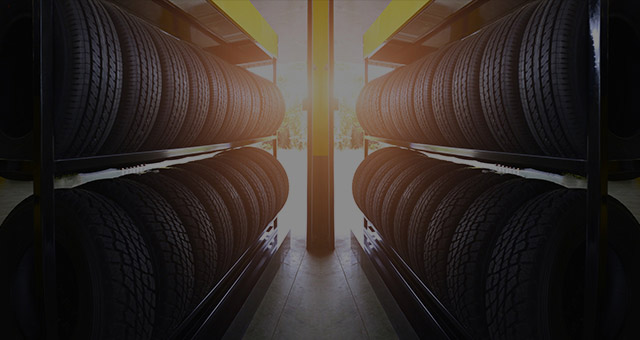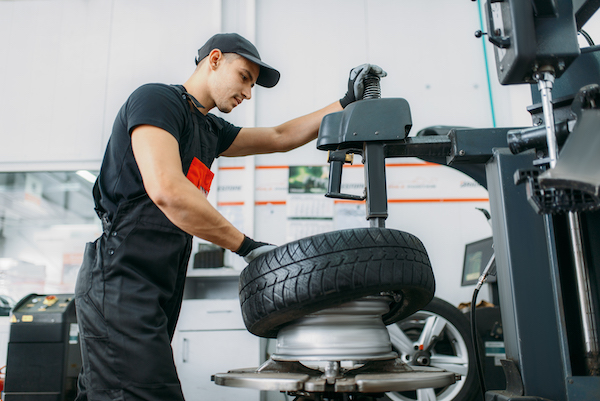Enjoy Big Financial Savings on Discount Tires Morris IL: Shop Now for Offers
Enjoy Big Financial Savings on Discount Tires Morris IL: Shop Now for Offers
Blog Article
Tire Service: Recognizing Tire Pressure Surveillance Systems
Recognizing Tire Pressure Monitoring Equipments (TPMS) is an essential element of keeping optimum lorry efficiency and safety and security on the road. With innovations in automobile modern technology, TPMS has ended up being a basic feature in modern-day lorries, giving real-time information on tire stress levels.

Significance of TPMS
The importance of Tire Pressure Monitoring Equipments (TPMS) depends on their capability to enhance lorry safety and security and efficiency with real-time tracking of tire pressure levels. Keeping the right tire pressure is vital for ensuring optimal handling, stopping, and general safety of a vehicle. TPMS offers drivers with immediate feedback on any kind of overinflated or underinflated tires, allowing for timely adjustments to be made.
Elements of TPMS
Consisting of various crucial elements, a Tire Pressure Tracking System (TPMS) operates as an advanced safety and security feature in contemporary automobiles. The main elements of a TPMS consist of sensing units, a control module, and a warning sign. Sensing units are typically located in the tire valve stem or affixed to the wheel setting up, where they determine tire stress and transfer data to the control component. The control module processes this information and activates a warning if it discovers significantly low pressure in any of the tires. The caution sign, typically an icon on the dashboard, alerts the chauffeur to check the affected tire or tires. Some advanced TPMS models also display the actual tire stress analyses for each tire, offering motorists with real-time info to ensure optimal tire performance and safety and security. By monitoring tire stress continually, TPMS aids prevent mishaps, decreases tire wear, and improves gas performance, making it an essential component for lorry safety and security and performance.
Kinds of TPMS

On the various other hand, indirect TPMS counts on the vehicle's wheel speed sensors to keep an eye on tire stress. This system detects underinflation by comparing the rotational rates of the wheels. Indirect TPMS is less costly than direct TPMS, as it uses existing sensing units within the automobile.
While straight TPMS offers much more precise readings, indirect TPMS is simpler in style and typically requires less upkeep. Both systems have their benefits and constraints, and the option between them typically depends upon elements such as cost, car make, and personal choice. Recognizing the distinctions between these two types of TPMS can assist vehicle owners make educated choices relating to tire maintenance and safety.
TPMS Upkeep Tips
Reliable maintenance of TPMS is vital for making sure optimal performance and security of your vehicle. Routinely checking the TPMS sensing units for any type of damage or corrosion is critical. Make certain that the sensing units are tidy and totally free from debris that might disrupt their functioning. In addition, it is suggested to inspect the sensor batteries periodically and change them as needed to assure accurate analyses. Conduct regular checks on the tire stress levels and contrast them with the TPMS readings to guarantee they correspond. If there are any visit the website disparities, recalibrate the system adhering to the producer's standards. Throughout tire rotation or replacement, make certain that the TPMS components are taken care of thoroughly to stop any kind of potential damages. If the TPMS cautioning light illuminates on the control panel, address the issue promptly by examining the tire stress and the general system for any kind of faults. By sticking to these upkeep tips, you can prolong the lifespan of your TPMS and improve the safety and security of your driving experience.
Benefits of Proper Tire Stress
Maintaining proper tire pressure, as highlighted in TPMS Upkeep Tips, is vital for reaping the various advantages associated with ideal tire stress levels. Additionally, appropriate tire stress guarantees also tire wear, expanding the lifespan of the tires and promoting much safer driving conditions. In verdict, the advantages of proper tire pressure go beyond simply tire longevity; they incorporate boosted fuel effectiveness, improved safety and security, far better lorry performance, and general driving comfort.
Final Thought
To conclude, understanding tire pressure monitoring systems (TPMS) is vital for maintaining optimal tire pressure and making sure lorry safety. By recognizing the significance of TPMS, being acquainted with its elements, understanding the various kinds available, adhering to appropriate upkeep pointers, and recognizing the benefits of maintaining appropriate tire stress, drivers can improve their driving experience and prolong the life expectancy of their tires. Proper tire pressure is essential to secure and effective automobile procedure.

Report this page